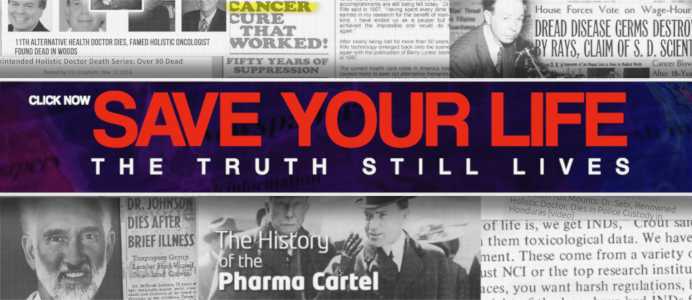
GMO/pesticide-contaminated and chemically tainted food could be a potential cause for the pre-COVID death spike. The FDA allows additives to be used in American foods until they are proven harmful while the European Food Safety Authority will only allow additives in food if they are proven to be non-harmful.
.
The big idea
People in the U.S. are dying at higher rates than in other similar high-income countries, and that difference is only growing. That’s the key finding of a new study that I published in the journal PLOS One.
In 2021, more than 892,000 of the 3,456,000 deaths the U.S. experienced, or about 1 in 4, were “excess deaths.” In 2019, that number was 483,000 deaths, or nearly 1 in 6. That represents an 84.9% increase in excess deaths in the U.S. between 2019 and 2021.
Excess deaths refer to the actual number of deaths that occur in a given year compared with expected deaths over that same time period based on prior years or, as in this study, in other countries.
In my study, I compared the number of U.S. deaths with those in the five largest countries in Western Europe: England and Wales, France, Germany, Italy and Spain. Those five countries make for a good comparison because they are nearly, if not quite, as wealthy as the U.S. and their combined population is similar in size and diversity to the U.S. population.
I also chose those countries because they were used in an earlier study from another research team that documented a 34.5% increase in excess deaths in the U.S. between 2000 and 2017.
The acceleration of this already alarming long-term trend in excess deaths in the U.S. was exacerbated by the fact that the U.S. experienced higher death rates from COVID-19 compared with similar countries. However, COVID-19 alone does not account for the recent increase in the number of excess deaths in the U.S. relative to comparison countries.
Why it matters
Rising living standards and medical advances through the 20th century have made it possible for people in wealthy countries to live longer and with a better quality of life. Given that the U.S. is the largest economic power in the world, with cutting-edge medical technology, Americans should have an advantage over other countries in terms of life span and death rates.
But in the last 50 years, many countries around the world have outpaced the U.S. in how fast death rates are declining, as revealed by trends in life expectancy.
Life expectancy is an average age at death, and it represents how long an average person is expected to live if current death rates remain unchanged throughout that person’s lifetime. Life expectancy is based on a complex combination of death rates at different ages, but in short, when death rates decline, life expectancy increases.
Compared to about 20 other high-income countries, since around the mid-1970s the U.S. life expectancy has been slipping from about the middle, or median, to the lowest rungs of life expectancy. So the relative stagnation in life expectancy in the U.S. compared with other countries is directly related to the fact that death rates have also declined more slowly in the U.S.
The U.S. has higher death rates than its peer countries due to a variety of causes. Cardiovascular disease prevalence has been an important driver of life expectancy changes across the globe in recent decades. But while death rates from cardiovascular disease have continued to decline in other parts of the world, those rates have stagnated in the U.S.
A key reason for this trend is the rise in obesity, as research shows that obesity increases the risk of death from cardiovascular disease. High prevalence of obesity in the U.S. also likely contributed to the relatively high death rates from COVID-19.
Another cause is that the U.S. has disproportionately high death rates from intentional injuries in the form of homicides, in particular those caused by firearms. Moreover, it also has high death rates from unintentional injuries, in particular drug overdoses.
.
Scroll to 5:44
.
CBS News: https://www.cbsnews.com/news/us-food-additives-banned-europe-making-americans-sick-expert-says/























I am a label reader, and I rarely buy anything with High Fructose Corn Syrup. For instance, it’s difficult to buy a bottle of catsup that doesn’t contain it. But I rarely use catsup. So I rarely consume HFCS. But then, I like the natural sweetener called Stevia. And occasionally I consume Xylitol in mints and gums and other mildly sweet treats.